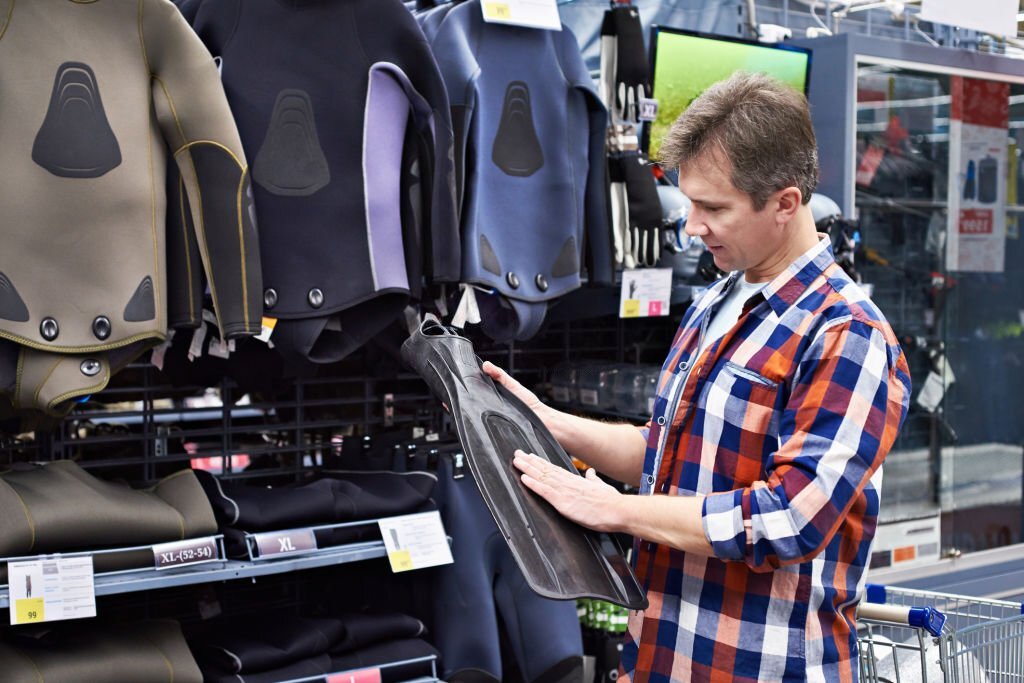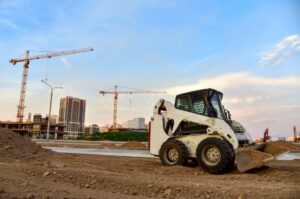
Selecting the right material handling equipment is crucial for businesses to optimize their material handling processes. The choice of equipment directly impacts efficiency, productivity, and overall operations. When selecting material handling equipment, it is essential to consider key features that align with the specific needs and requirements of the business. In this article, we will explore the key features to look for when selecting material handling equipment. Understanding these features, such as load capacity, maneuverability, versatility, safety features, and maintenance requirements, will enable businesses to make informed decisions and choose equipment that enhances their material handling capabilities.
Load Capacity:
Load capacity is a critical feature to consider when selecting material handling equipment. It refers to the maximum weight that the equipment can safely handle. It is important to assess the weight and size of the materials or products that will be handled to ensure that the equipment’s load capacity meets the requirements. Choosing equipment with an appropriate load capacity ensures safe and efficient material handling operations without risking equipment damage or operator safety.
Maneuverability:
Maneuverability is another crucial feature to consider, especially in confined spaces or areas with limited accessibility. Equipment with good maneuverability allows operators to navigate easily around obstacles, through narrow aisles, or in congested areas. Factors such as turning radius, steering control, and overall size play a role in determining the equipment’s maneuverability. Opting for equipment that offers excellent maneuverability ensures smooth material flow and minimizes the risk of accidents or damage to the surrounding infrastructure.
Versatility:
Versatility is an important feature to look for, as it allows equipment to adapt to different material handling tasks or changing operational needs. Versatile equipment can handle various types of materials, sizes, or configurations. It may include features such as adjustable forks, attachments, or interchangeable components that enable equipment to perform different functions. Choosing versatile equipment provides flexibility, allowing businesses to maximize the utilization of the equipment across different material handling applications.
Safety Features:
Safety should be a top priority when selecting material handling equipment. Look for equipment that incorporates safety features to protect operators and prevent accidents. Examples of safety features include operator cabins or protective cages, seat belts, warning lights, backup alarms, and emergency stop buttons. These features promote a safe working environment and reduce the risk of injuries or incidents during material handling operations. Prioritizing equipment with robust safety features helps businesses maintain a strong safety culture and compliance with industry regulations.
Maintenance Requirements:
Considering the maintenance requirements of material handling equipment is essential to ensure smooth and efficient operations. Assess the maintenance needs of the equipment, including routine inspections, lubrication, filter replacements, and potential downtime for servicing or repairs. Equipment that requires minimal maintenance and has readily available spare parts can reduce operational disruptions and associated costs. Evaluating the maintenance requirements helps businesses plan for ongoing equipment upkeep and optimize the lifespan of the equipment.
Operator Comfort and Ergonomics:
Operator comfort and ergonomics play a significant role in the efficiency and productivity of material handling operations. Look for equipment that offers ergonomic features such as adjustable seats, easy-to-reach controls, and operator-friendly interfaces. These features reduce operator fatigue, promote better posture, and enhance overall comfort during prolonged use. Comfortable and ergonomically designed equipment can contribute to higher productivity, reduced errors, and increased operator satisfaction.
Conclusion:
Selecting the right material handling equipment is crucial for businesses to optimize their material handling operations. By considering key features such as load capacity, maneuverability, versatility, safety features, maintenance requirements, and operator comfort, businesses can make informed decisions and choose equipment that aligns with their specific needs. Investing in the right equipment enhances operational efficiency, improves productivity, and promotes a safe working environment. Carefully evaluating these key features enables businesses to select equipment that will effectively meet their material handling requirements and contribute to their overall success.



